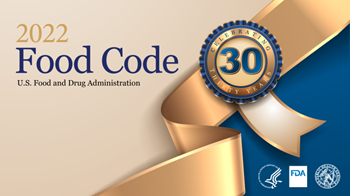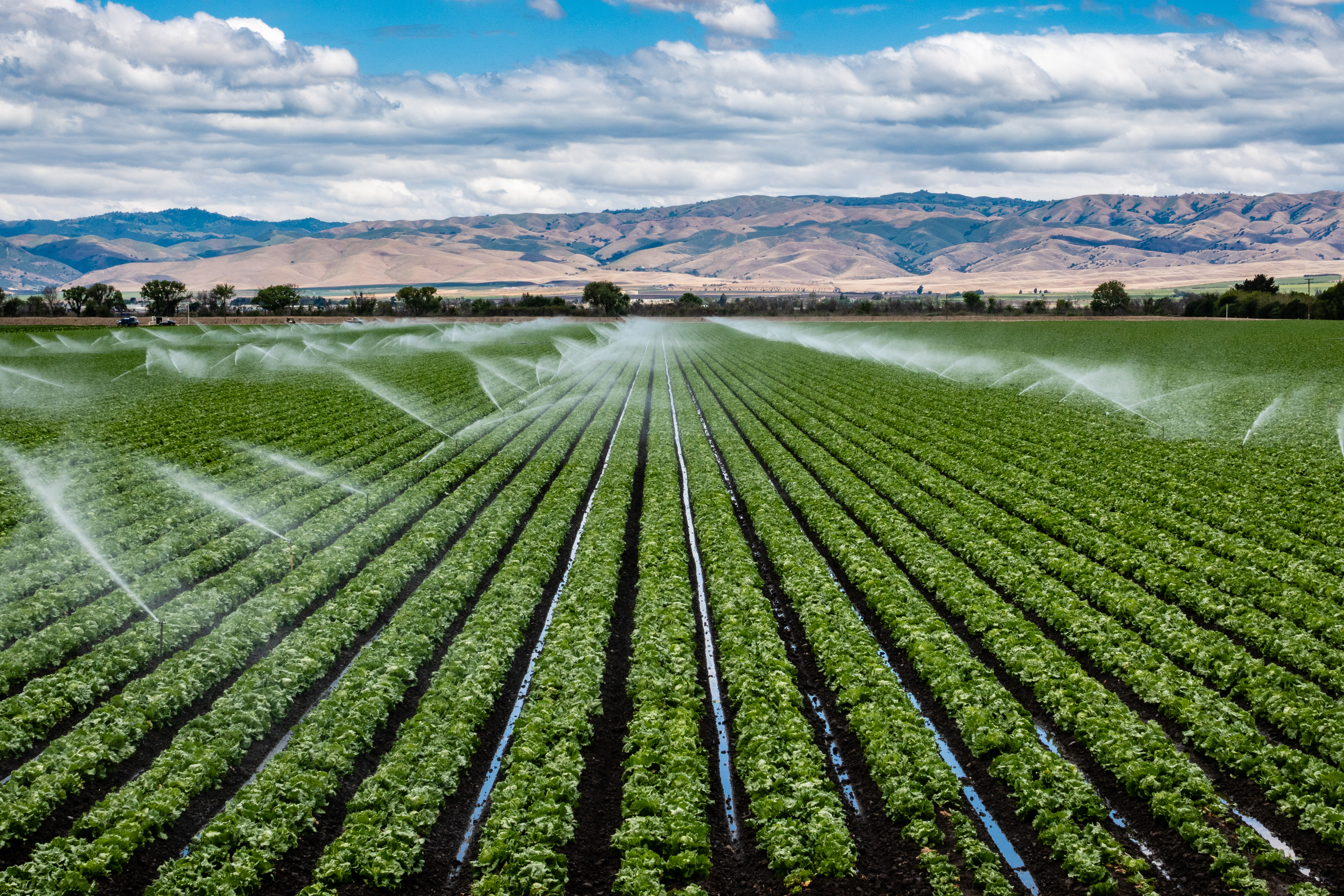By Ashley Eisenbeiser, MS, CFS, Senior Director, Food and Product Safety Programs, FMI
 When it comes to food safety, operators and regulators of retail food establishments share a common goal to produce safe, quality food for consumers. The U.S. Food and Drug Administration’s (FDA) Food Code is a reflection of the alignment of stakeholders on food safety. The Food Code represents FDA's best advice for a uniform system of provisions that address the safety and protection of food offered at retail and in foodservice. The first version of the Food Code was published in 1993, and 2022 marks the 10th edition and the 30th year of the Food Code. Published on December 28, 2022, the 2022 edition reflects the input provided by regulatory officials, industry, academia and consumers that participated in the last biennial meeting of the Conference for Food Protection (CFP).
When it comes to food safety, operators and regulators of retail food establishments share a common goal to produce safe, quality food for consumers. The U.S. Food and Drug Administration’s (FDA) Food Code is a reflection of the alignment of stakeholders on food safety. The Food Code represents FDA's best advice for a uniform system of provisions that address the safety and protection of food offered at retail and in foodservice. The first version of the Food Code was published in 1993, and 2022 marks the 10th edition and the 30th year of the Food Code. Published on December 28, 2022, the 2022 edition reflects the input provided by regulatory officials, industry, academia and consumers that participated in the last biennial meeting of the Conference for Food Protection (CFP).
Although a new Food Code has been released, many jurisdictions will continue to use older versions. The timeframe for jurisdictions to adopt a newer version of the Food Code can be long, in some cases taking years. Most of the U.S. population lives in a state where at least one state agency has adopted some version of the FDA Food Code, with California remaining the only state that has not adopted any version of the Food Code. The versions that have been adopted by state and territorial agencies responsible for the oversight of restaurants and retail stores vary greatly, ranging from the 2017 Food Code to the 1995 Food Code. In 1997, the South Dakota Department of Health, Office of Health Protection adopted the 1995 Food Code; since then, there have been eight editions of the Food Code. Food safety is without borders and crosses jurisdictional boundaries, highlighting the important role science-based food safety policies can have in protecting public health.
The variability and patchwork of Food Code adoption across the U.S. creates a significant challenge for retailers to have to know and comply with the requirements of each jurisdiction in which they operate. FMI supports uniform adoption of the FDA Food Code. Successful federal, state, local and tribal partnerships for food safety allow strong scientific standards to be used in all regulatory jurisdictions.
The benefits associated with the complete adoption and implementation of the FDA Food Code have long been recognized by both regulatory agencies and industry, including:
- Reduction of the risk of foodborne illnesses within food establishments, thus protecting consumers and industry from potentially devastating health consequences and financial losses.
- Uniform standards for retail food safety that reduce complexity and better ensure compliance.
- The elimination of redundant processes for establishing food safety criteria.
- The establishment of a more standardized approach to inspections and audits of food establishments.
Through the adoption and implementation of consistent standards, we can ensure a best-in-class food safety system that strengthens the safety of our food supply regardless of jurisdiction.
Additional Resources:


 Industry Topics address your specific area of expertise with resources, reports, events and more.
Industry Topics address your specific area of expertise with resources, reports, events and more.
 Our Research covers consumer behavior and retail operation benchmarks so you can make informed business decisions.
Our Research covers consumer behavior and retail operation benchmarks so you can make informed business decisions.
 Events and Education including online and in-person help you advance your food retail career.
Events and Education including online and in-person help you advance your food retail career.
 Food Safety training, resources and guidance that help you create a company food safety culture.
Food Safety training, resources and guidance that help you create a company food safety culture.
 Government Affairs work — federal and state — on the latest food industry policy, regulatory and legislative issues.
Government Affairs work — federal and state — on the latest food industry policy, regulatory and legislative issues.
 Get Involved. From industry awards to newsletters and committees, these resources help you take advantage of your membership.
Get Involved. From industry awards to newsletters and committees, these resources help you take advantage of your membership.
 Best practices, guidance documents, infographics, signage and more for the food industry on the COVID-19 pandemic.
Best practices, guidance documents, infographics, signage and more for the food industry on the COVID-19 pandemic.
